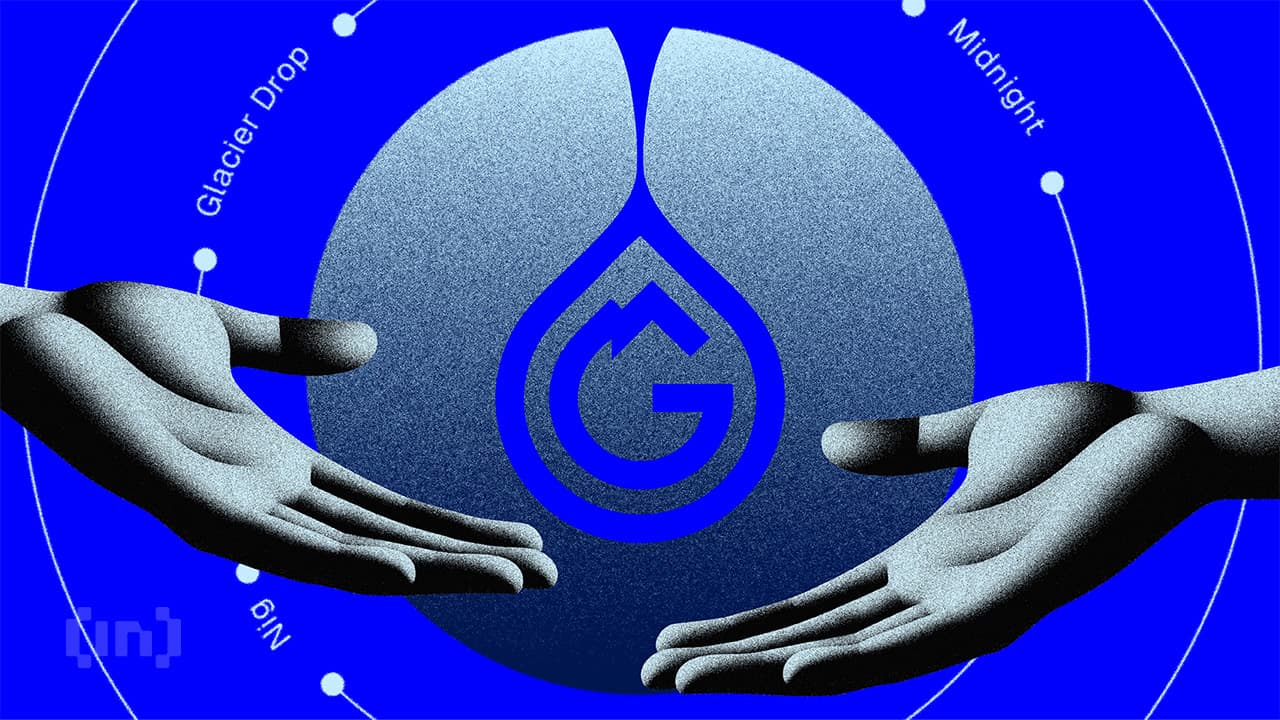Latest Crypto News
Trending now

SharpLink Expands Ethereum Treasury to 837,230 ETH
- SharpLink expanded Ethereum treasury to 837,230 ETH worth $3.6 billion total.
- Company raised $46.6M, boosting ETH ratio and earning 2,318 staking rewards.
- Stock volatility persists while BitMine holds 1.87M ETH, market sentiment mixed.

COCA 2.0 Is Live: Self-Custodial Banking App Powered By Stablecoins
COCA, the self-custodial banking app powered by stablecoins and trusted by over 1 million users, launches COCA 2.0 – a major upgrade that makes stablecoins more accessible for everyday use. Beyond simple storage or trading, the new release unlocks real utility with expanded functions, richer rewards, and greater control in one powerful app. How COCA … Continued

Japan Considers Merging Crypto Oversight Into Securities Law, Faces Pushback
- Japan’s FSA proposes regulating crypto under securities law to strengthen oversight and investor protection.
- Experts warn against including poorly performing IEOs under the securities framework, citing major losses.
- Debate reflects Japan’s struggle to balance innovation with retail investor safety in the crypto sector.

FY Energy Launches Future-Proof Blockchain Green Energy Mining Contracts, Bringing Each Investors into the Daily Passive Income
The world is transitioning into a new realm of digital asset creation, FY Energy is driving the change with her innovative solution. The company, through the use of blockchain technology combined with renewable energy infrastructure, offers a user-friendly solution for people to become part of the digital economy while still meeting their ecological objectives. While … Continued

Best Regulated Crypto Platforms in the US (2025)
According to some publicly available data, there are over 30,000 Bitcoin ATMs installed across almost all US states, and both the number of crypto users and the range of use cases in the country continue to grow significantly. Also, an essential part of this ecosystem are the crypto trading platforms regulated by US authorities, which serve as one of the primary legal gateways connecting people with the crypto industry.
In this article, you’ll discover the best regulated crypto platforms in the US, compare their core features, and learn how to choose the right exchange for your trading needs.

Pi Network Gears Up for Version 23 Upgrade, But Market Demand Stays Flat
- Pi Network prepares to shift from protocol version 19 to 23, but PI price stays flat at $0.34 under its 20-day EMA.
- Technicals show bearish bias with CMF at –0.11, signaling weak inflows and mounting sell-side pressure in the PI market.
- PI risks retesting $0.32 lows if sentiment stays weak, though recovery above $0.36 EMA could open path toward $0.40.

TRUMP Price Might Bounce Again On Hype, but a Rally Looks Unlikely — Here’s Why
- Accumulation has turned net positive, adding $9.7 million worth of TRUMP in seven days.
- Bear power is weakening on the 4-hour chart, signaling mild price strength across shorter timeframes.
- A bullish RSI divergence hints at a rebound, but daily chart control remains with the bears.

Solana Could Slip Below $200 as Long-Term Holders Dump and Shorts Climb
- Solana trades under pressure as long-term holders sell off, pushing Liveliness to a three-month high at 0.76.
- Futures markets confirm bearish tilt with SOL’s long/short ratio at 0.97, signaling traders expect further downside.
- Price risks a slip below $200 toward $195 if bearish momentum holds, though renewed buying could lift SOL toward $218.

Bitget to Transfer 440 Million BGB to Morph Foundation, Accelerating BGB as Gas and Governance Token of Morph Chain
Bitget, the leading cryptocurrency exchange and Web3 company, is excited to share its strategic collaboration with its trusted ecosystem project Morph, the EVM layer for payments and onchain consumer finance. The duo has signed up to boost BGB’s utility across a multitude of projects. With this partnership, Bitget will transfer all BGB tokens that it … Continued

GBP/USD Weekly Forecast: Pound Sterling braces for US jobs data-led volatility
- Pound Sterling stayed within the August 22 daily range against the US Dollar.
- GBP/USD looks to US employment data as another holiday-shortened week looms.
- The daily technical setup challenges bullish commitments near 1.3450.



